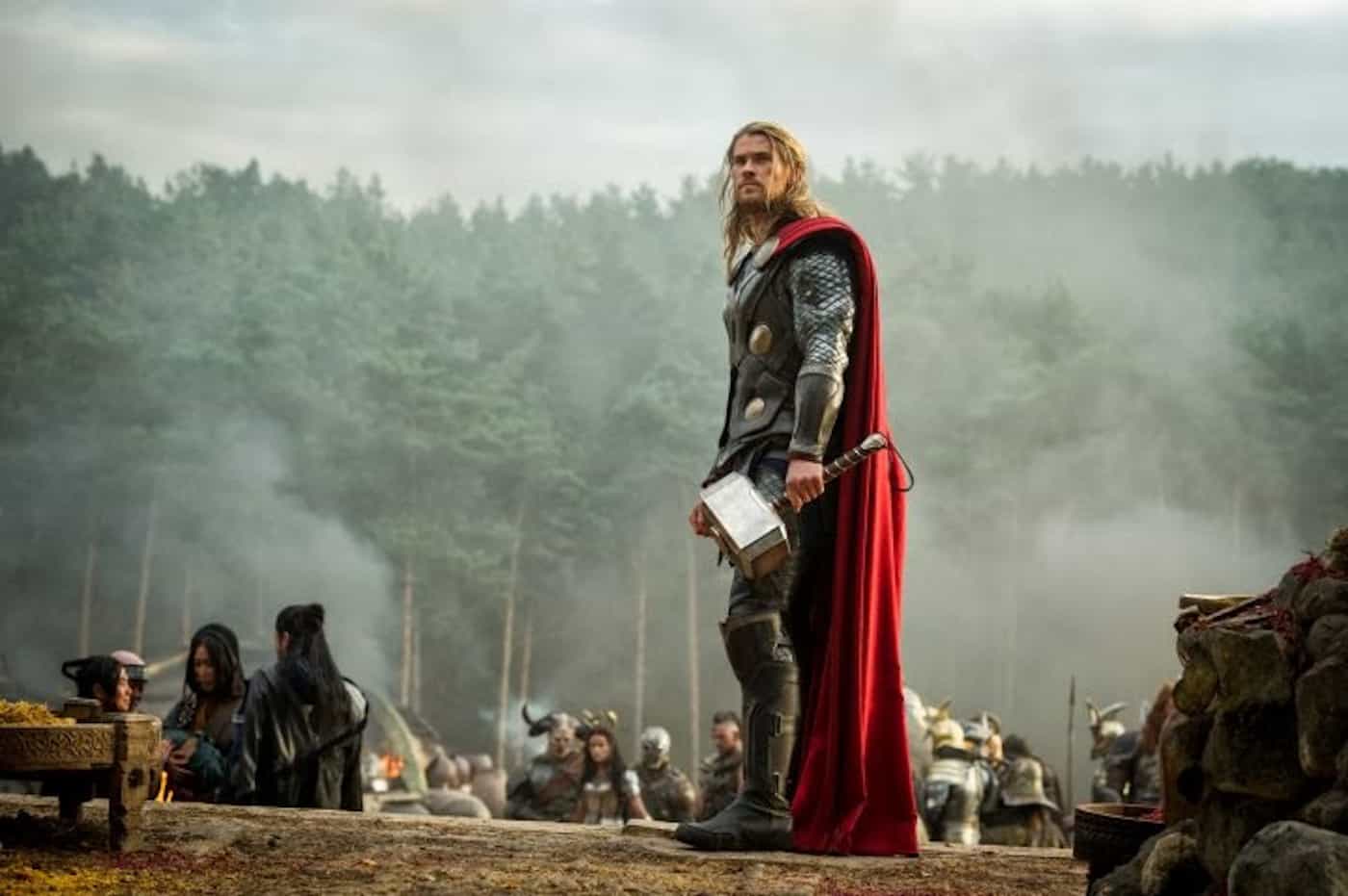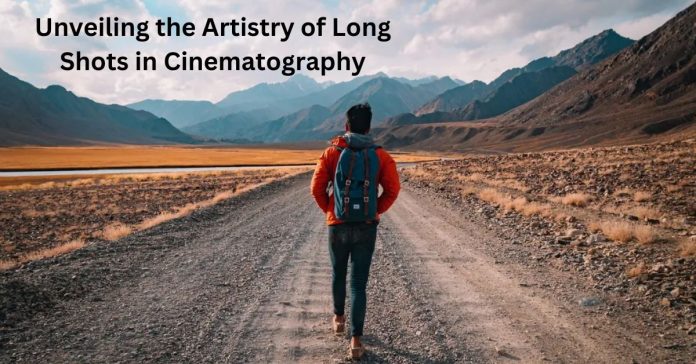As a cinephile and aspiring filmmaker, my journey into the world of cinematography has been a fascinating exploration of the various techniques that breathe life into storytelling on the big screen. Among these techniques, the long shot stands out as a remarkable tool that not only captures visuals but also weaves a narrative tapestry that engulfs audiences in a world of emotions and imagination.
Long Shot in Cinematography:
Understanding the Long Shot:
The long shot, also known as a wide shot or establishing shot, is more than just a panoramic view of a scene; it’s a gateway that invites viewers into the universe created by filmmakers. Unlike close-ups or medium shots that focus on specific details or characters, the long shot paints a broader picture, showcasing the spatial relationships between characters and their environments. This technique sets the stage, offering a glimpse into the grandeur of landscapes, the hustle of cityscapes, or the intricate details of meticulously crafted sets.
The Importance of Scale and Atmosphere:
Scale and atmosphere are paramount in cinematography, and the long shot excels in conveying these elements. Whether it’s the vastness of a desert, the towering presence of a metropolis, or the eerie isolation of a remote location, long shots amplify the emotional impact of a scene. Through strategic framing and composition, cinematographers can evoke a range of emotions – from awe and wonder to tension and isolation – shaping the audience’s perception and setting the tone for the unfolding narrative.

Creating Visual Dynamics:
Visual dynamics breathe life into static images, turning them into dynamic visual experiences. Long shots achieve this by incorporating depth, movement, and perspective within the frame. Techniques such as leading lines, foreground elements, and dynamic camera movements guide the viewer’s gaze, emphasizing crucial narrative elements and enhancing the overall visual appeal. Each frame becomes a canvas where characters and themes converge, enriching the storytelling experience.
Technical Considerations and Techniques
Achieving the perfect long shot requires a blend of technical precision and artistic vision. Cinematographers meticulously select lenses, plan camera placements, and orchestrate complex movements to capture the desired effect. Wide-angle lenses are often preferred for their expansive views and depth of field, but the choice ultimately hinges on the shot’s requirements and the cinematographer’s creative intent.
Camera movement plays a pivotal role in long-shot cinematography, ranging from static shots that encompass the scene to dynamic tracking shots that follow characters through intricate environments. Lighting, too, is a crucial aspect, shaping the mood, ambiance, and visual nuances of the shot. By mastering these technical nuances, cinematographers transform static scenes into immersive visual journeys that resonate with audiences.
Case Studies: Iconic Long Shots in Cinema
To illustrate the impact and versatility of the long shot in cinematography, let’s explore some iconic examples from film history:
1. Lawrence of Arabia (1962): Cinematographer: Freddie Young.
In “Lawrence of Arabia,” Freddie Young’s cinematography harnesses the transformative power of long shots to capture the majestic beauty and vastness of desert landscapes. The film’s narrative unfolds against the backdrop of the Arabian Peninsula’s expansive deserts, and Young’s use of long shots plays a pivotal role in establishing the grand scale of the story. These long shots not only showcase the physical environment but also evoke a sense of awe and wonder, immersing the audience in the epic journey of T.E. Lawrence and emphasizing the immense challenges he faces in the desert landscape.
2. The Shining (1980): Cinematographer: John Alcott
John Alcott’s use of long shots in “The Shining” contributes significantly to the film’s eerie and unsettling atmosphere. Through meticulously crafted long shots, Alcott creates a sense of isolation and foreboding as the camera navigates the expansive interiors of the Overlook Hotel. These long shots, often accompanied by slow tracking movements, foreshadow the psychological horrors that unfold within the hotel’s walls. By elongating scenes and allowing viewers to absorb the haunting emptiness of the setting, Alcott builds suspense and tension, heightening the impact of the film’s supernatural elements.
3. Children of Men (2006): Cinematographer: Emmanuel Lubezki
Emmanuel Lubezki’s cinematography in “Children of Men” showcases the transformative potential of long shots in immersive storytelling. The film’s dystopian world is brought to life through Lubezki’s masterful use of long, uninterrupted takes that amplify the intensity and immediacy of the narrative. One particularly notable example is the film’s car ambush sequence, shot in a single, unbroken take that spans several minutes. This long shot not only immerses the audience in the chaotic and dangerous environment of the war-torn city but also heightens the emotional impact of the character’s struggles. Lubezki’s virtuosic long shots serve as a narrative tool, drawing viewers into the harrowing reality of a society on the brink of collapse.
In summary, these iconic films demonstrate how cinematographers leverage long shots to transform storytelling on the big screen. From capturing grand landscapes to creating eerie atmospheres and immersive worlds, long shots play a crucial role in enhancing narratives, evoking emotions, and leaving a lasting impact on audiences.
Conclusion:
Must Read: How to Become a Filmmaker? Unlock Your Filmmaking Dreams Today!




